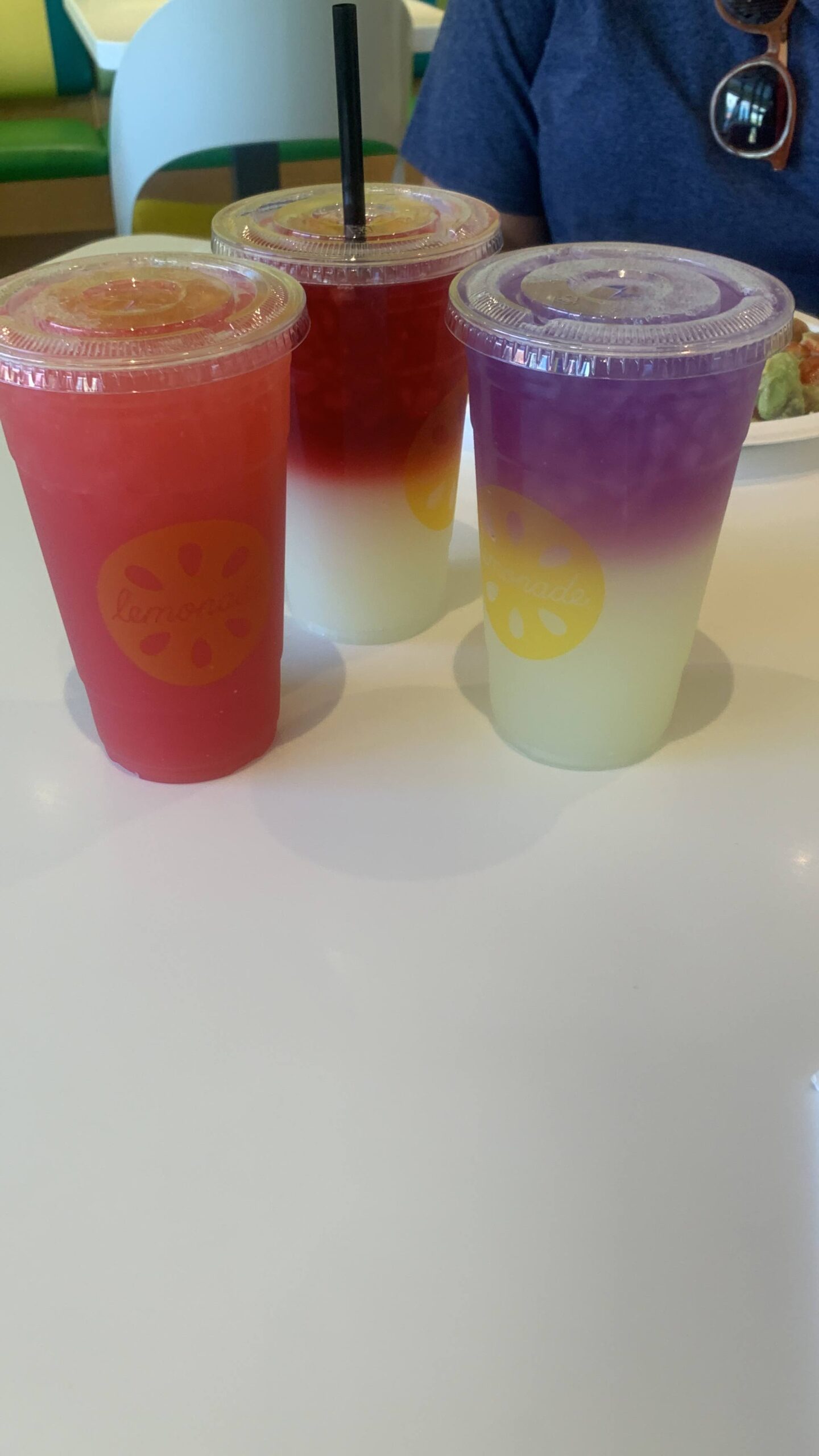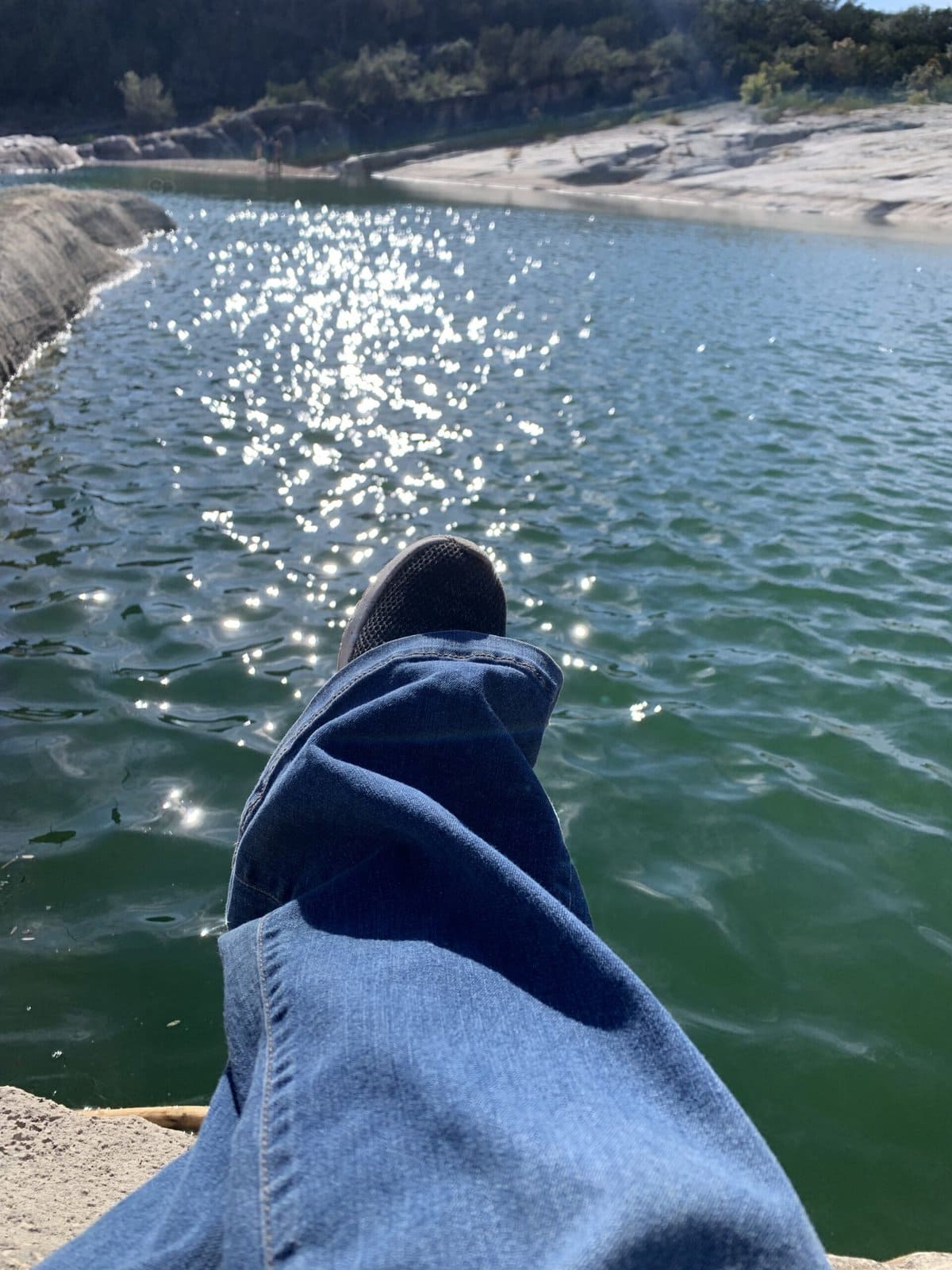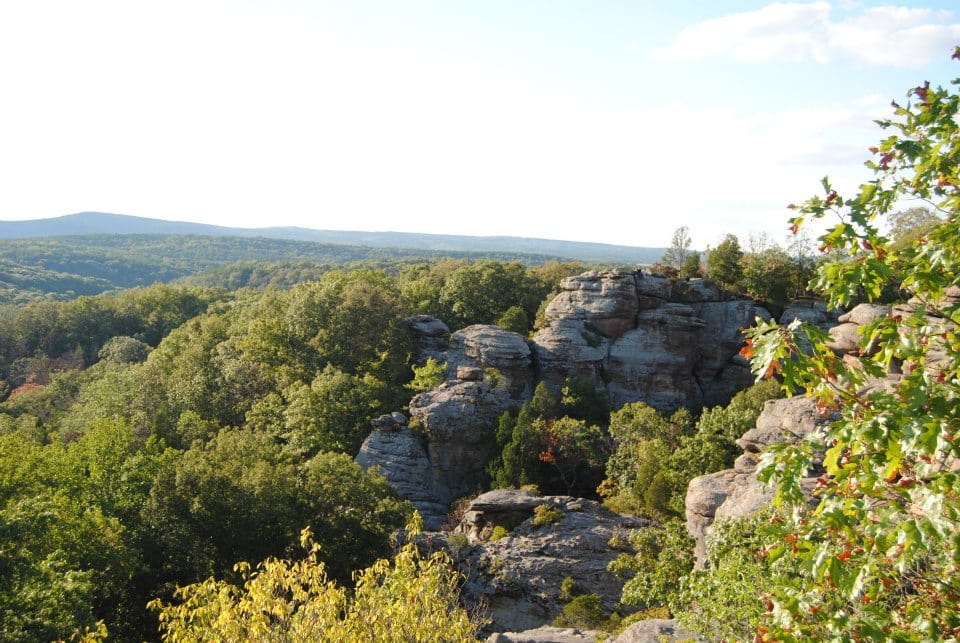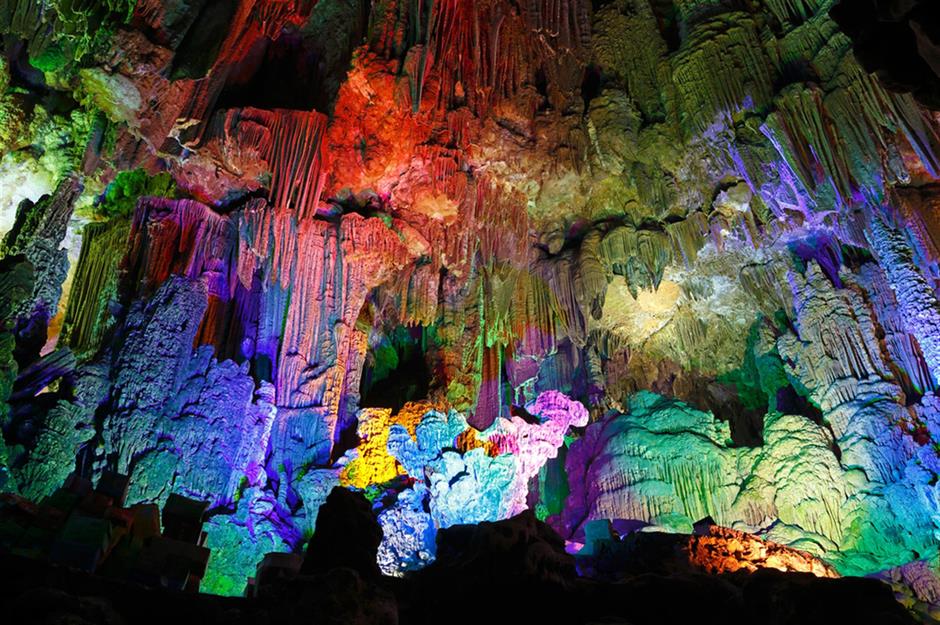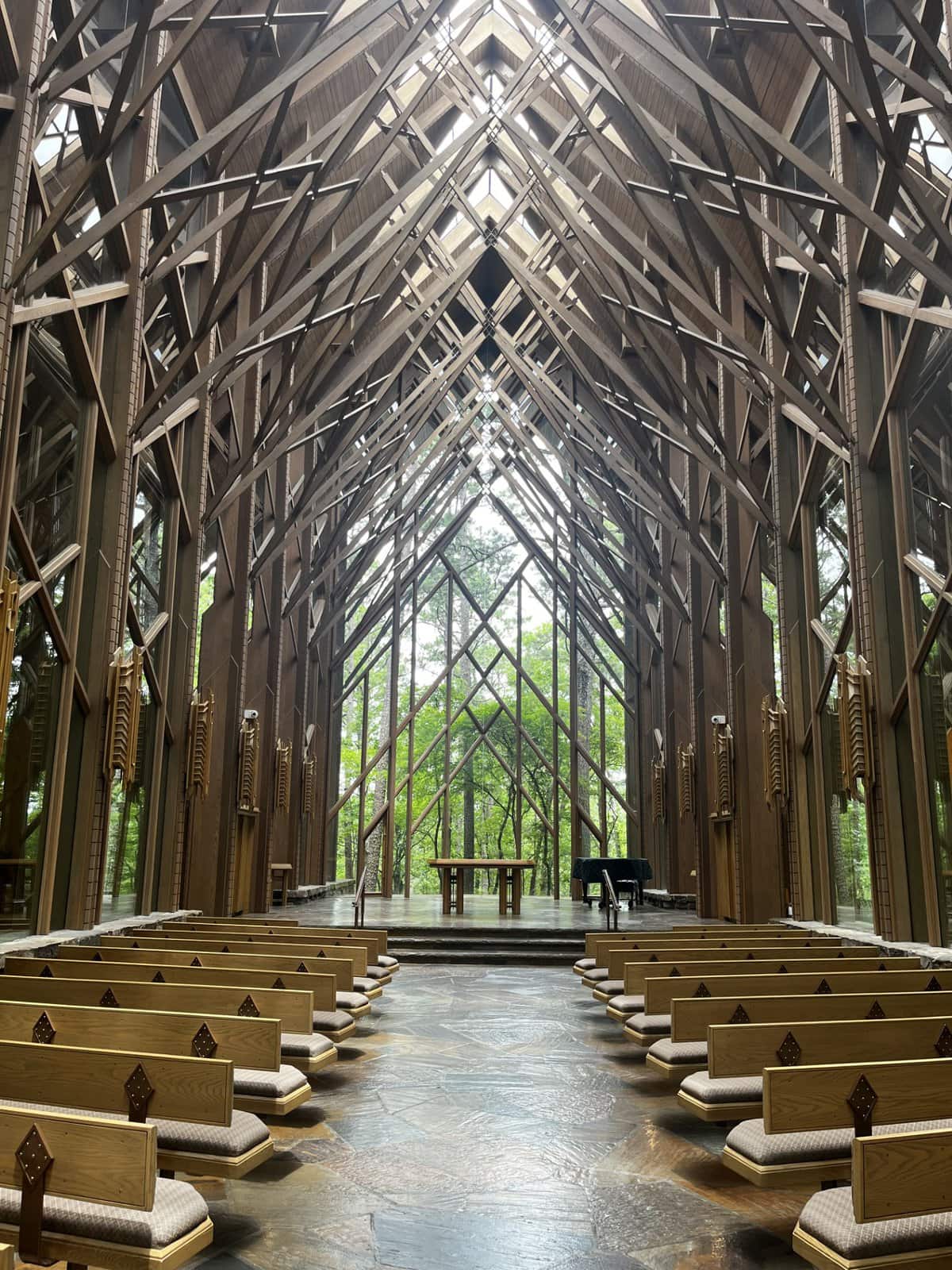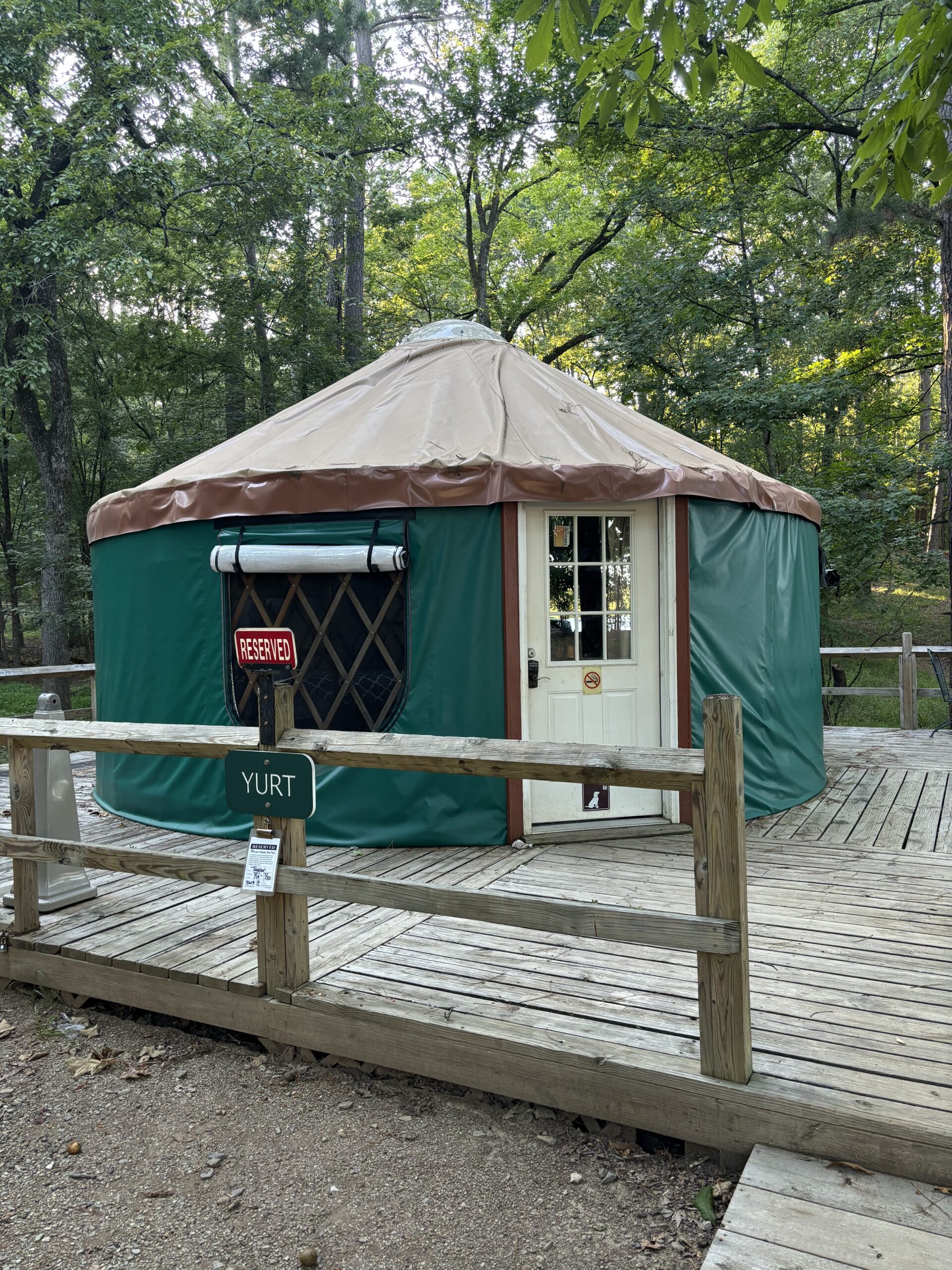Crazy Horse Monument: 5 Experiences You Must Have
Between our visit to Wind Cave National Park and the motorcycle mecca of Sturgis, South Dakota, we made a special pilgrimage to the Crazy Horse Monument.
I first heard about it as a kid while watching the Travel Channel, and even back then, the history and ambition behind this project captivated me. Fast-forward to today, standing at the base of the unfinished monument was just as awe-inspiring as I had imagined.
Here are my tips and must-know information for those planning a visit to help you get the most out of your Crazy Horse experience.
History of the Crazy Horse Monument
The Crazy Horse Memorial is a mountain monument under construction on privately held land in the Black Hills of Custer County, South Dakota. Once completed, it will depict the Oglala Lakota warrior Crazy Horse riding a horse and pointing toward his ancestral lands.
Henry Standing Bear, a Lakota elder, commissioned the monument to honor Crazy Horse’s legacy. He selected Polish-American sculptor Korczak Ziolkowski to undertake the monumental task.
Crazy Horse was a revered war leader of the Oglala Lakota, best known for his role in the Battle of the Little Bighorn in 1876, where he and his warriors defeated General George Custer’s forces. Crazy Horse’s fierce defense of his people’s land and way of life has made him a symbol of Native American resistance.
The project is operated by the Crazy Horse Memorial Foundation, a nonprofit organization dedicated to preserving Native American culture through the memorial and its accompanying educational initiatives.
Construction of the memorial began in 1948 and remains ongoing, with much of the monument still incomplete. Crazy Horse’s face was finally finished fifty years later, in 1998. Once completed, the memorial will be the largest in the world, at 641 feet wide and 563 feet tall.
The idea for the memorial first emerged in 1931 when Luther Standing Bear, Henry’s older brother, wrote to Gutzon Borglum, the sculptor of Mount Rushmore, suggesting that Crazy Horse’s face should be included alongside the president. Borglum never responded.
Standing Bear was determined to see a Native American hero immortalized. In 1939, he reached out to Korczak Ziolkowski, who had worked on Mount Rushmore, and asked him to create a memorial to ensure “the white man knows that the red man has great heroes, too.”
The Crazy Horse Memorial is a privately funded endeavor. Revenue comes from visitor center admission fees, private contributions, and the memorial’s gift shops. The project depends on these funds and volunteer efforts, which explains why progress has been gradual.
There is no fixed completion date, but portions such as the hand, arm, shoulder, and top of the horse’s head are projected to be finished by 2037.
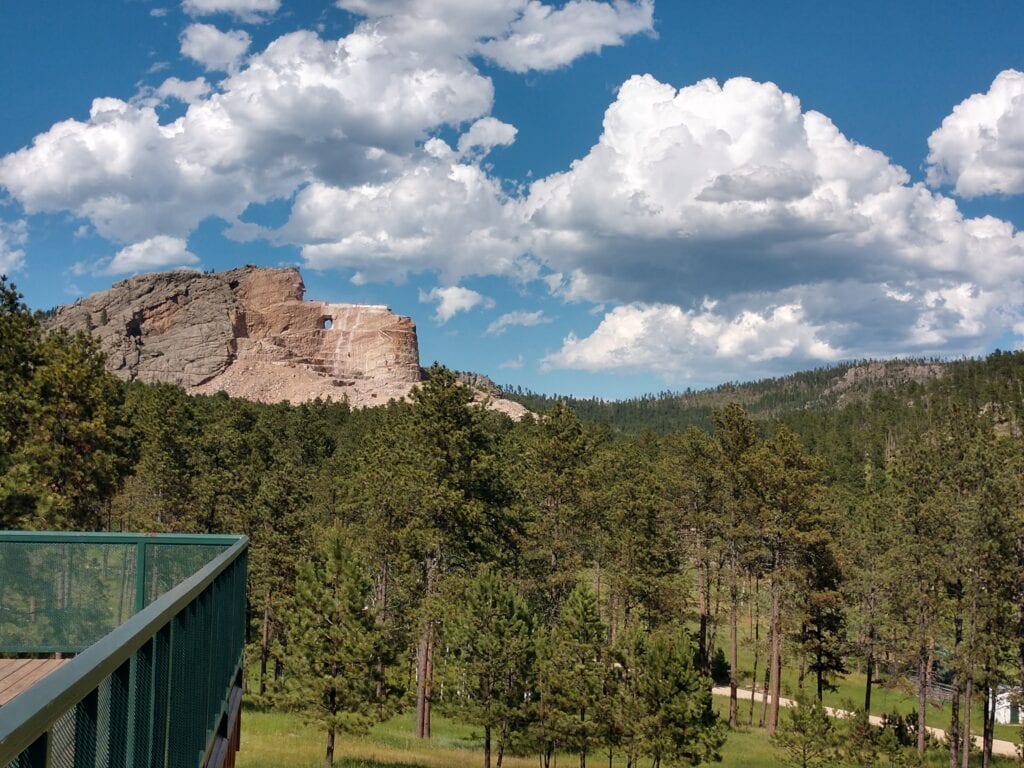
Best Time To Visit the Crazy Horse Monument
Summer: The summer months are the most popular time to visit the monument, offering warm weather and longer daylight hours.
However, this is their busiest time of year, with larger crowds. Try to arrive early in the day to avoid crowds.
Spring and Fall: Spring and fall are ideal times to visit for those looking to avoid the crowds and enjoy cooler weather. The shoulder seasons bring quieter days and more comfortable temperatures, making exploring the site at your own pace easier.
A unique highlight of these seasons is the bi-annual Volksmarch, a special event that allows visitors to hike up Crazy Horse’s arm. Naturally, these hikes offer stunning views and a more intimate experience.
Winter: While the Crazy Horse Memorial is open year-round, winter is the least recommended time to visit due to South Dakota’s harsh weather conditions. The colder temperatures and heavy snow make it more challenging to explore the area, and roads can sometimes be difficult to navigate.
If you don’t mind the cold and snow, winter offers a much more peaceful experience with fewer crowds. For some, the quiet solitude and snow-covered landscape add beauty to the monument. Just be sure to bundle up and prepare for the elements if you choose this option.
Cost to Visit the Crazy Horse Monument
Just a reminder that admission prices help fund the ongoing project, as it receives no federal or state funding. The pricing is definitely manageable, in my opinion.
- Carload Pricing (up to 4 people): $35 per vehicle
- Motorcycles, Bicycles, or Walk-ins: $15 per person
- Individual Adult (Ages 11+): $15 per person
- Individual Child (Ages 6-10): $7 per person
- Children under 6: Free
Special discounts are available for groups, seniors, and active military members. Be sure to check the Crazy Horse Memorial’s official website for any seasonal promotions or updates on pricing.
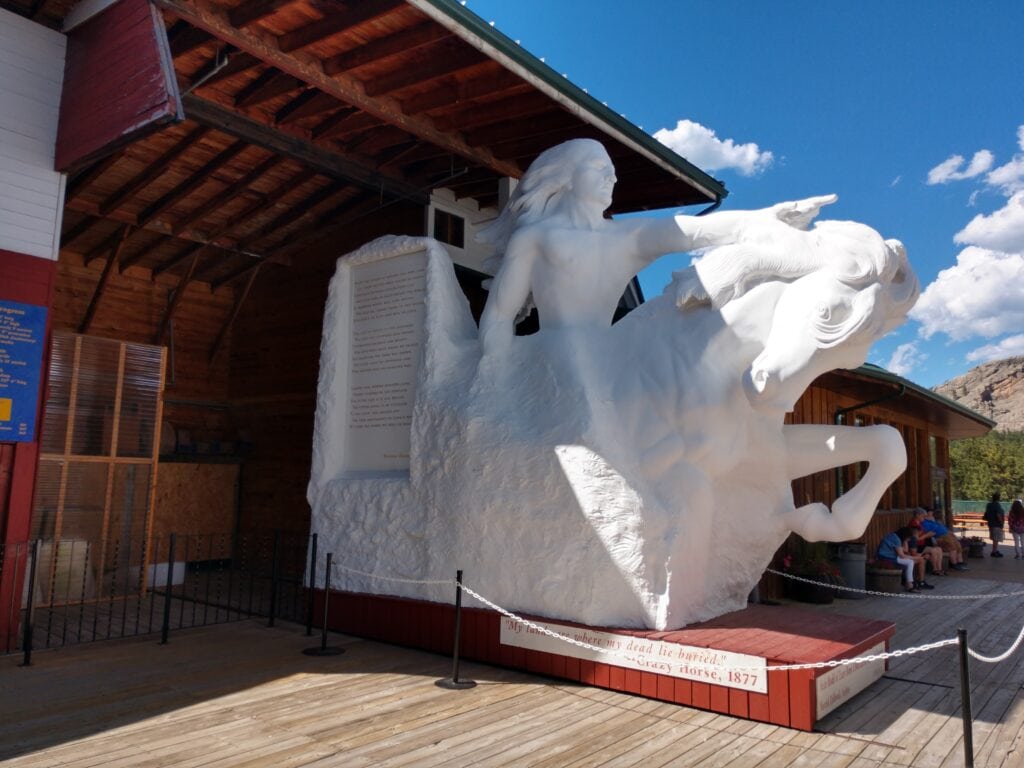
How To Get To the Crazy Horse Monument
The Crazy Horse Memorial is located along US Highway 16/385, also known as the Crazy Horse Memorial Highway. If you’re coming from Hill City, South Dakota, it’s just a 9-mile drive south, and if you’re heading from Custer, it’s a short 4 miles to the north. For those planning a visit to Mount Rushmore, the Crazy Horse Memorial is just 17 miles southwest of the iconic presidential monument, making it a convenient stop on your Black Hills itinerary.
For GPS navigation, the address is 12151 Avenue of the Chiefs, Crazy Horse, SD 57730. The roads leading to the monument are well-maintained, but if you’re visiting in the winter, check road conditions, as snow and ice can affect travel in the area.
Things To Do While at the Crazy Horse Monument
Visit the Welcome Center and Museum
The Crazy Horse Memorial Welcome Center is a vast and impressive space that we spent a few hours exploring.
Upon arrival, you’ll be greeted by various statues, antique carving machines, and sculptures of wild animals. One that came as a surprise was the 9/11 memorial. As an adult who was in high school in 2001, I appreciated this sentiment.
Inside the 40,000-square-foot Welcome Center, the museum offers engaging and educational exhibits for visitors of all ages. The Museums of Crazy Horse Memorial® delve into Native history, contemporary life, the incredible art and science of mountain carving, as well as the lives of the Ziolkowski family, who have dedicated themselves to completing the monument.
One of the most notable collections is in The Indian Museum of North America®, which features a wide array of art and artifacts from over 300 Native Nations. This museum is designed to complement the story being told on the mountain, preserving and sharing Native cultures for future generations.
Throughout the complex, you’ll also find The Ziolkowski Family Life Collection, which offers insight into the values and work ethic that have driven the memorial’s creation. Visitors can learn about timeless lessons of perseverance, setting goals, and dedicating oneself to a cause much larger than any individual—a fitting tribute to the monument’s legacy.
For those interested in Native arts and crafts, the gift shop offers an array of items, many handmade by Native artisans.
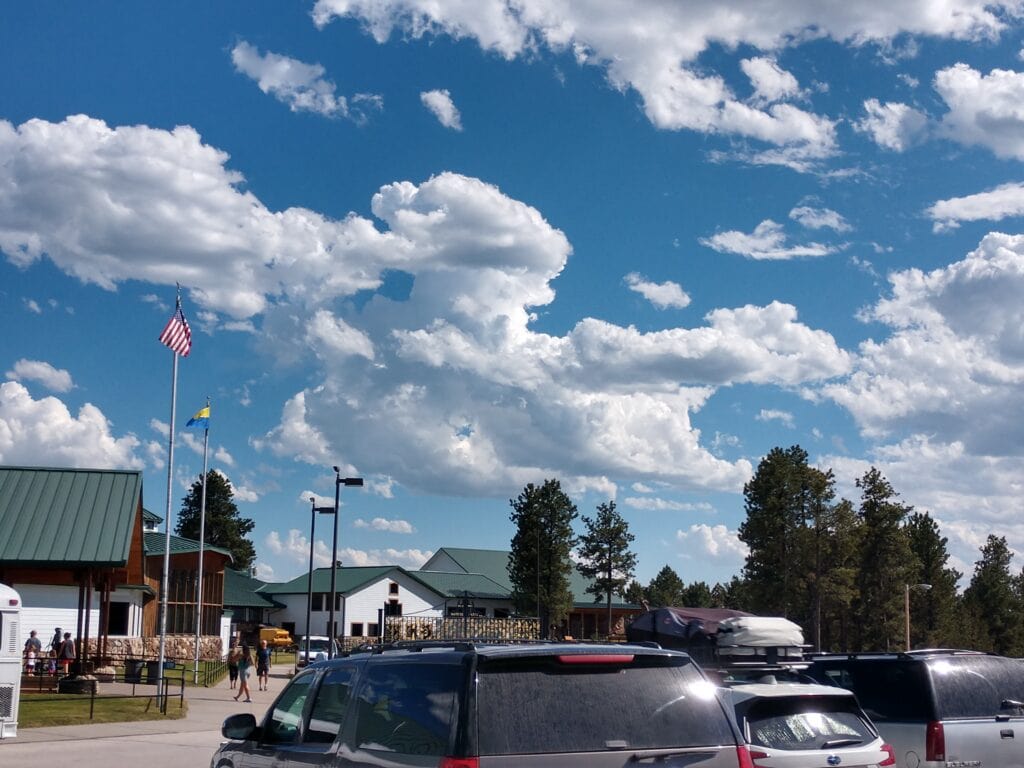
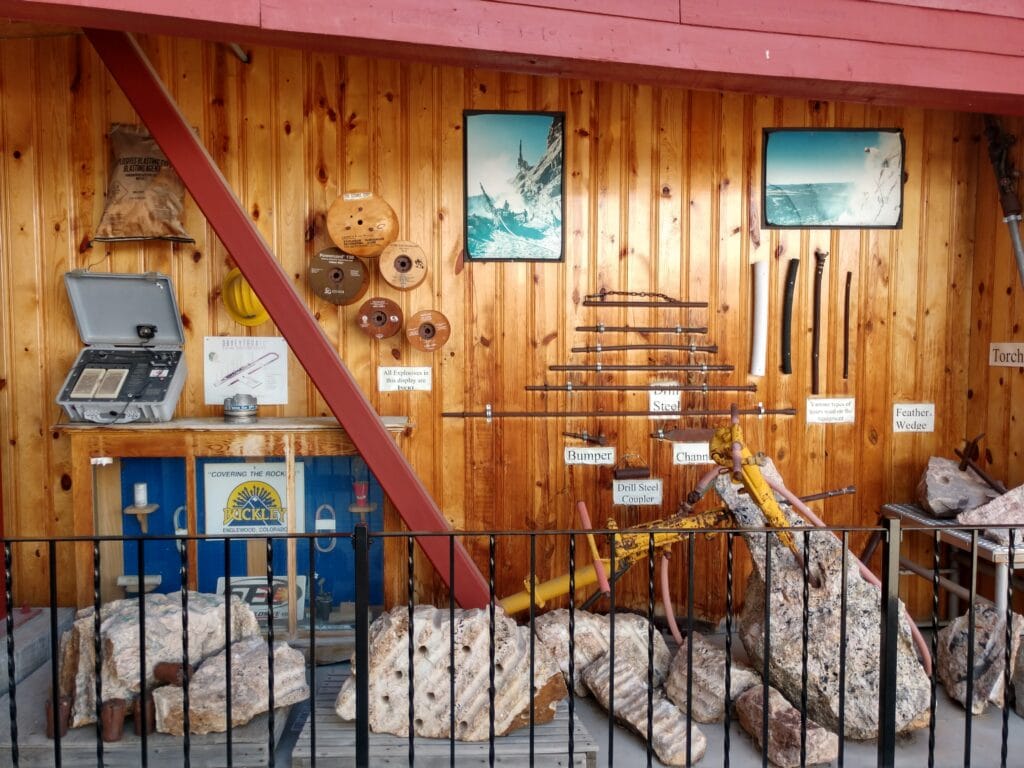
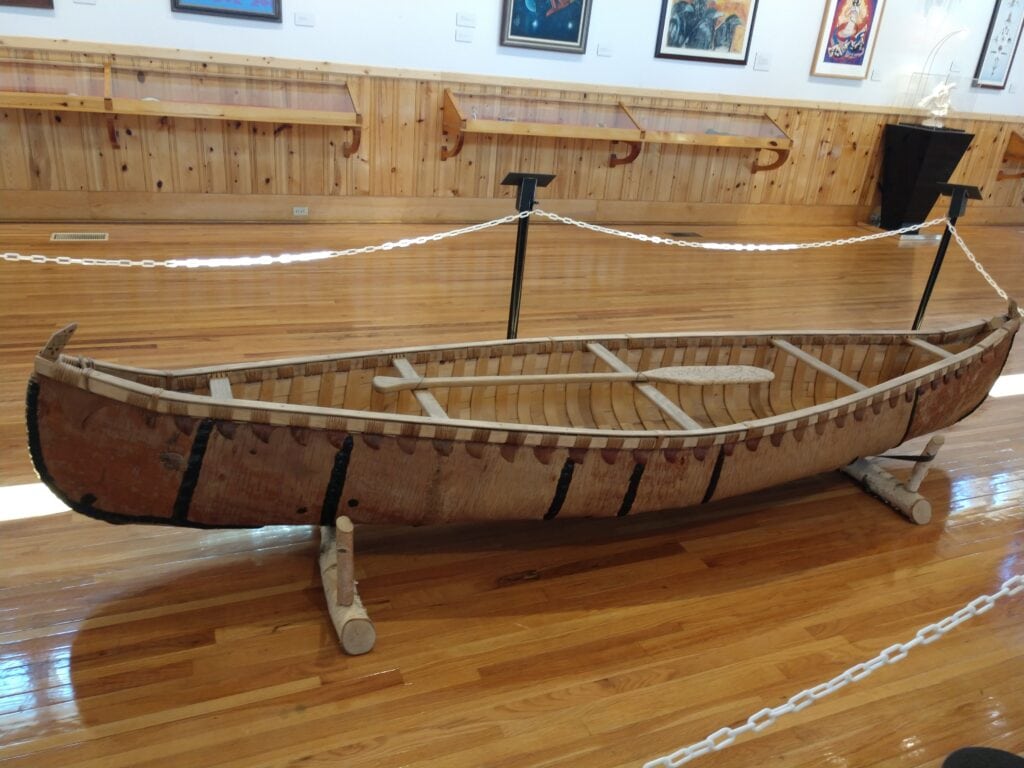
Watch a Cultural Performance or Attend an Event
One of the highlights of visiting the Crazy Horse Memorial is the opportunity to immerse yourself in Native American culture through performances, walks, and special events. These experiences provide insight into the significance of the Black Hills and celebrate Crazy Horse’s legacy.
- Daily Cultural Performances
During summer, visitors can enjoy daily cultural performances featuring traditional Native American dancing and storytelling. These performances highlight the vibrancy of Native cultures and are a must-see for anyone visiting in the warmer months. - Mahkoche Kin
Led by artist and Oglala Lakota College Faculty Member Darrell Red Cloud, the Mahkoche Kin program offers visitors a chance to see the Black Hills from a Native perspective. Through this program, attendees learn why Crazy Horse Memorial® is located in the Black Hills and their cultural importance to surrounding tribal nations. These guided, 1-hour walks occur each scheduled day at 10:00 AM and 2:00 PM. Space is limited, so sign up at the Welcome Center before each walk for a unique journey “off the beaten path.” - Special Days of Remembrance
Each year, the Crazy Horse Memorial hosts Special Days of Remembrance to honor key anniversaries:- June 26, 2025: Commemorating the Battle of the Little Big Horn and the birth of Ruth Ziolkowski.September 6, 2025: Remembering the death of Crazy Horse in 1877 and the birth of Korczak Ziolkowski in 1908.
- Volksmarches
For adventurous visitors, the Crazy Horse Spring and Autumn Volksmarches are organized hikes to the monument. These 10K (6.2-mile) hikes provide an up-close experience of the world’s largest mountain carving in progress.- Spring Volksmarch: June 7, 2025
- Autumn Volksmarch: September 29, 2024, coinciding with Custer State Park’s Buffalo Round-Up.
- Native Americans’ Day
On October 14, 2024, the Crazy Horse Memorial will host its annual Native Americans’ Day celebration. Starting at 10:00 AM, this program will feature song, dance, and speakers, offering visitors a chance to learn more about Native traditions and cultures.
Eat at the Laughing Water Restaurant
One interesting place we didn’t get to stop at is the Laughing Water Restaurant. Korczak’s Heritage, Inc. owns it, and all royalties benefit the Crazy Horse Memorial Foundation®. The restaurant offers a mix of traditional comfort foods and some Native American traditional foods for those looking to have a more authentic experience.
The restaurant is named after a nearby creek whose headwaters flow from the base of Crazy Horse Mountain, connecting the place to the land.
One of the standout dishes is the Native American Taco, available in both traditional and dessert forms. The conventional version features fry bread piled high with seasoned meat, beans, and fresh toppings. For dessert, the fry bread is transformed into a sweet treat, served with wojapi—a warm berry sauce—or drizzled with cinnamon or honey.
Final Thoughts on the Crazy Horse Monument
A visit to the Crazy Horse Memorial is more than just a stop to see a monument—it’s a journey into the Lakota people’s rich history, culture, and legacy and the ongoing efforts to preserve Native American heritage.
Crazy Horse Memorial offers a perfect blend of outdoor adventure, cultural education, and a unique experience in the heart of the Black Hills.

